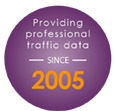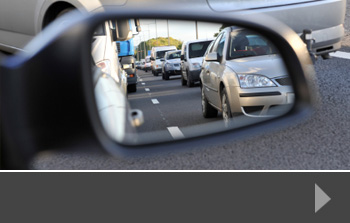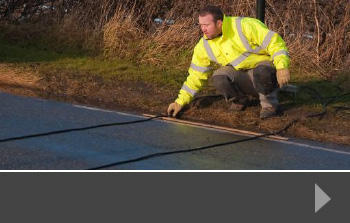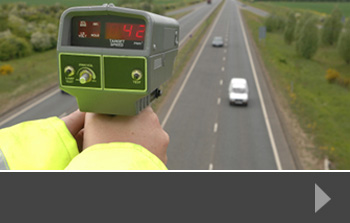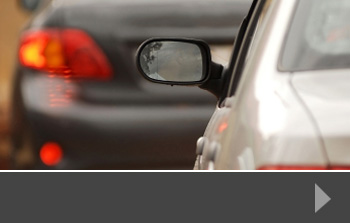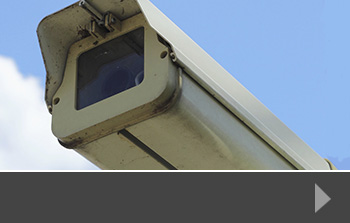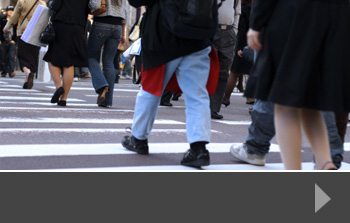Consistency is key: why raising (some) speed limits might be a good idea
As the world moves into a new month, a new year, and a new decade, local councils and their citizens continue to tackle the challenges of making roads in their communities safer and less congested, using traffic surveys and local consultation to see how things could be improved.
Blanket speed limits
Kingston Council is currently taking feedback on a proposed blanket speed limit throughout the entire borough. This would mean that on all roads, with the exception of private roads and a few public ones controlled by Transport for London, the speed limit would be a flat 20mph.
On their website the council cites the greater majority of traffic accidents occurring on the roads with higher speed limits as evidence that it should bring them in line with its smaller roads in terms of speed. The council hopes that such a blanket speed limit will help with road safety.
Is faster safer
It is worth bearing in mind that lower speed limits don’t always translate to fewer accidents.
There are a several reasons for this, but an important one in this case is that the speed cars travel can matter less for overall safety than the difference in speed between different road users.
This is what has motivated some US states to actually raise overall speed limits on some of their highways, to bring them in line with the highways of neighbouring states, because people moving from one highway to another and being much slower or much faster than the cars around them causes more accidents than all speed limits being high but the same.
The UK Government has also acted on this reasoning, recently increasing the speed that lorries can travel on motorways to bring them in line with cars. Sometimes raising the speed limit can increase throughput, reduce congestion, and actually increase road safety. It may be that the roads with higher speed limits in Kingston have more accidents but that may be due to the difference in speed between roads rather than the speed itself.
The speed that fits the environment
On the other hand, smaller roads have different constraints to motorways; in particular the presence of road users who are limited to very low speeds: pedestrians. Pedestrians and cyclists are limited to much lower speeds and so increasing speed limits near to them could be dangerous.
Perhaps the best compromise is what Kingston council are doing: bringing all cars speeds down close to pedestrian speeds, but also keeping it consistent between roads.
Speed-related traffic surveys from Road Data Services
Are you contemplating a change in the speed limits on your roads? Do you need to know more about average speeds and journey times in order to plan for a less congested future? At RDS, we can design and undertake a wide range of traffic surveys to deliver the data you need to help you make informed decisions. To find out more, contact us today.

